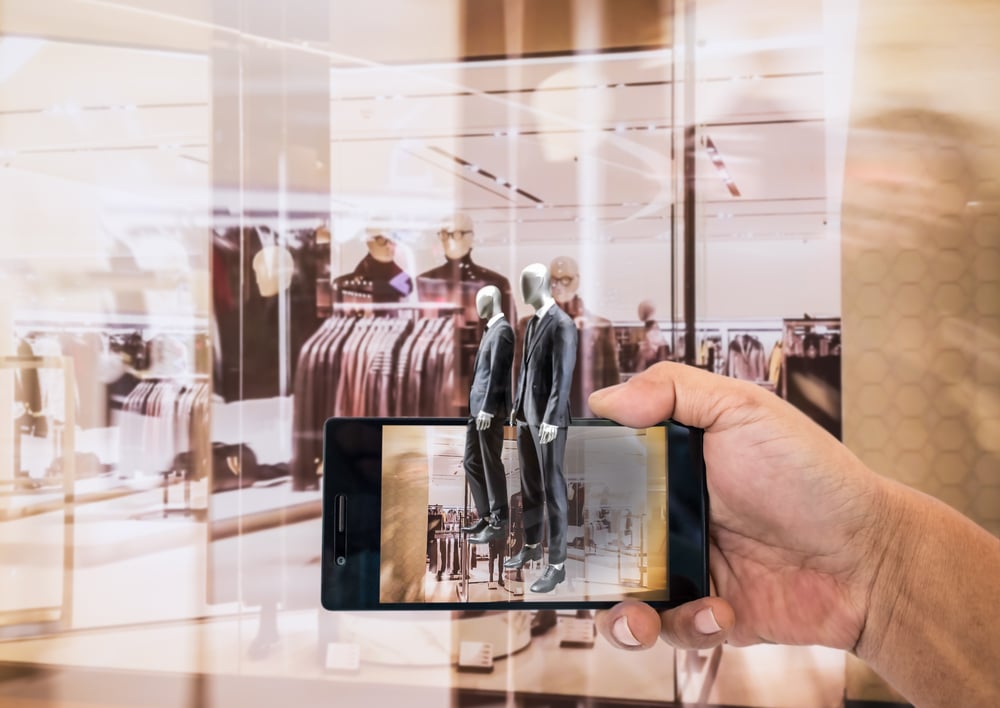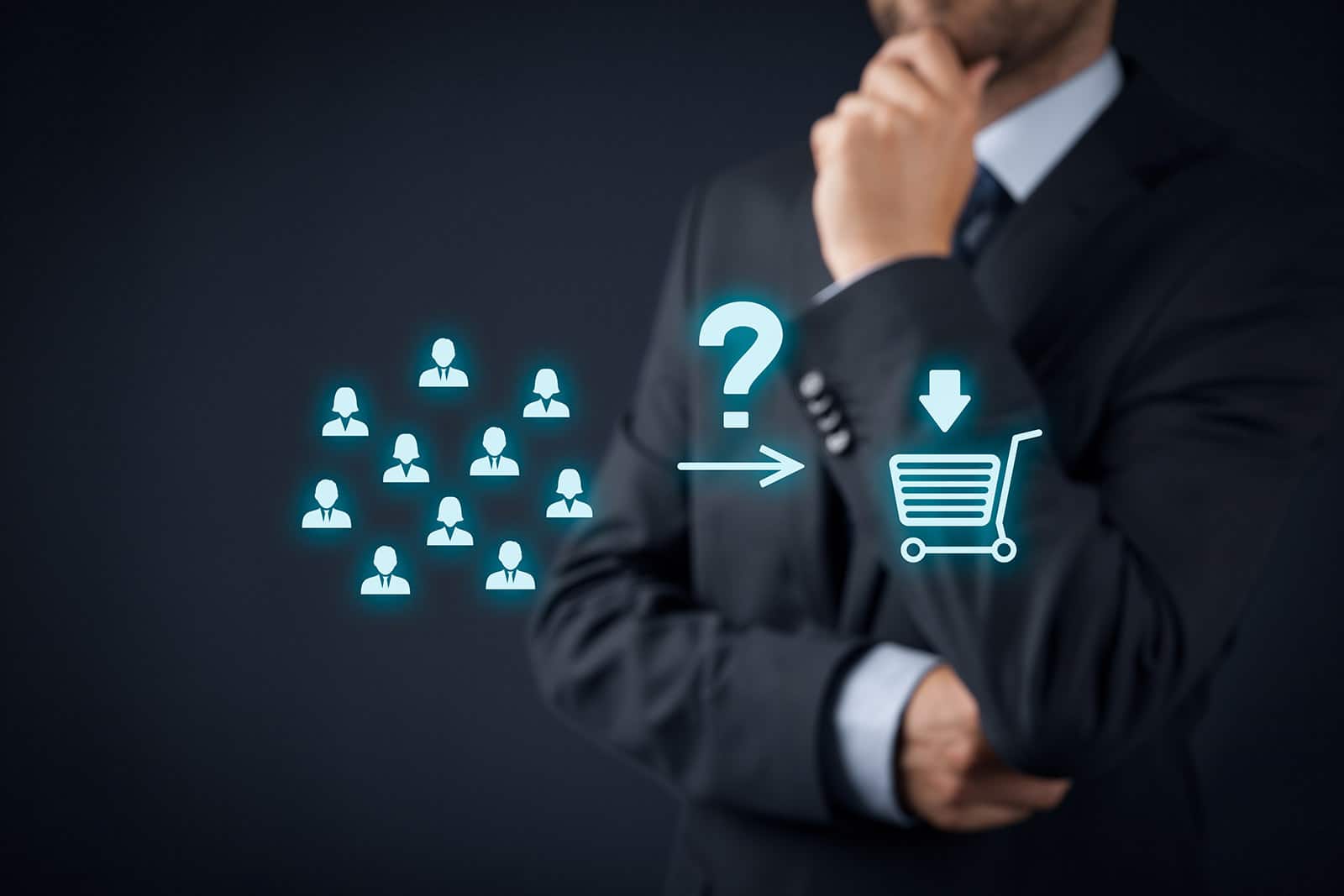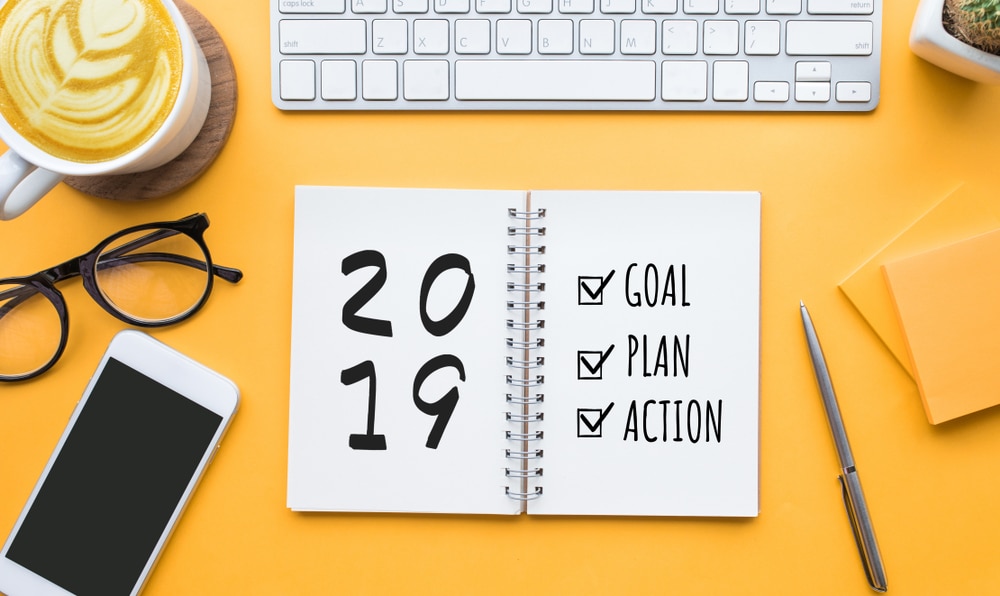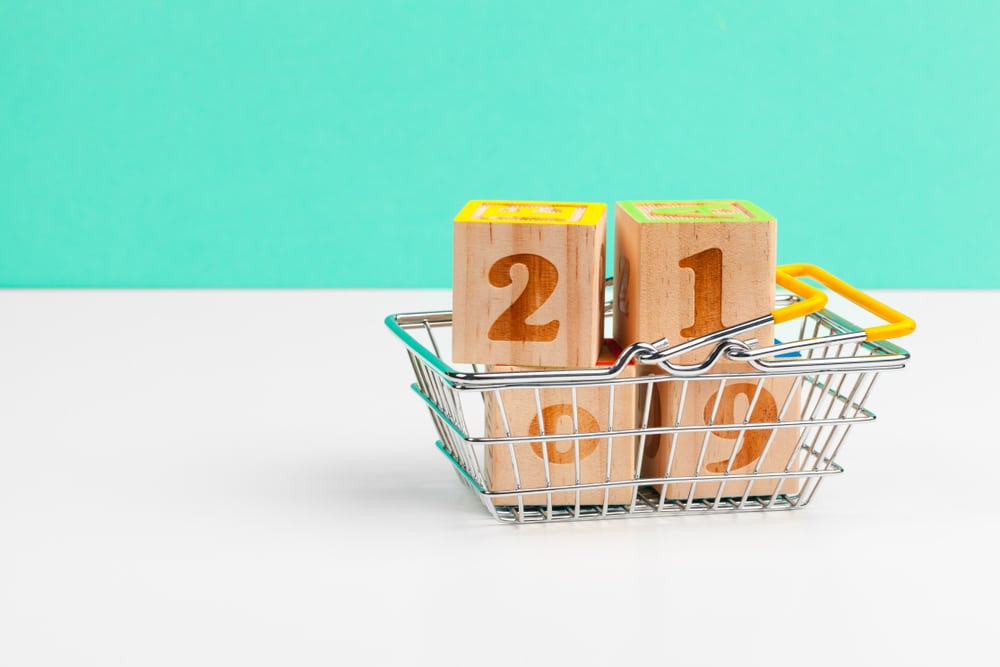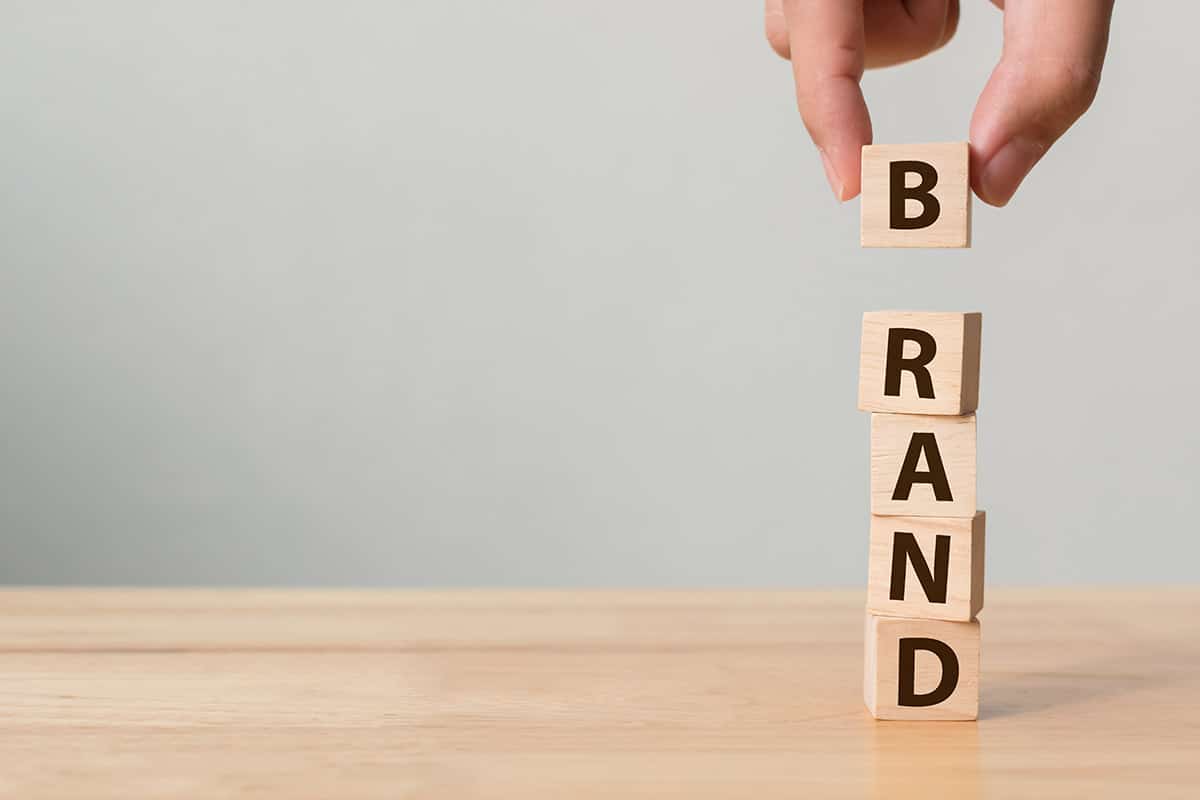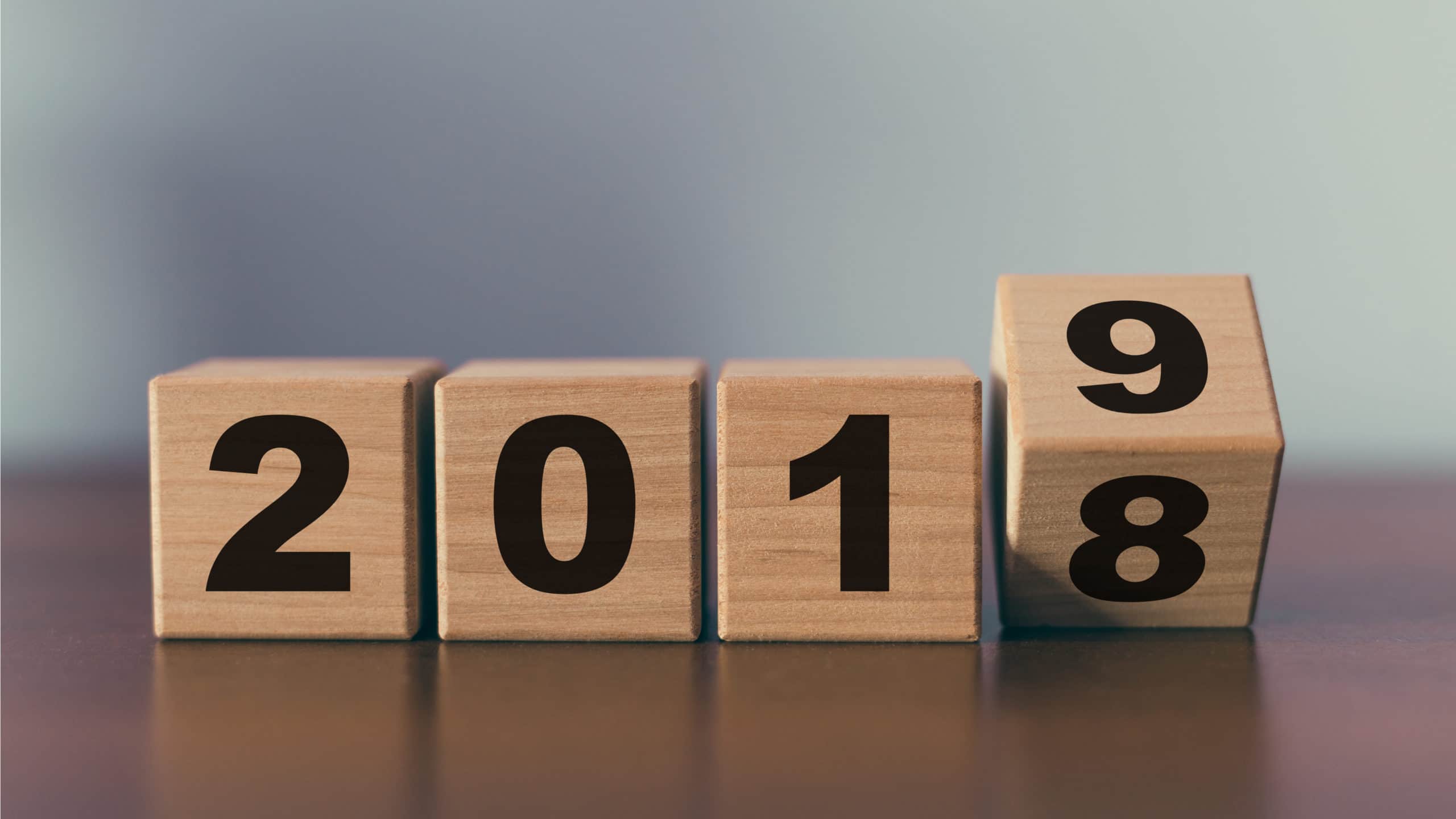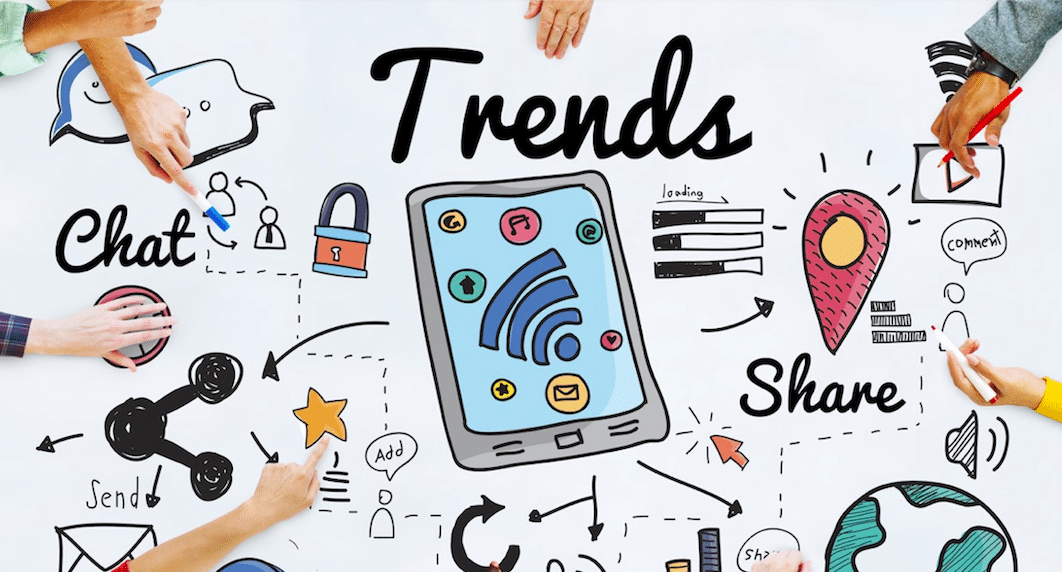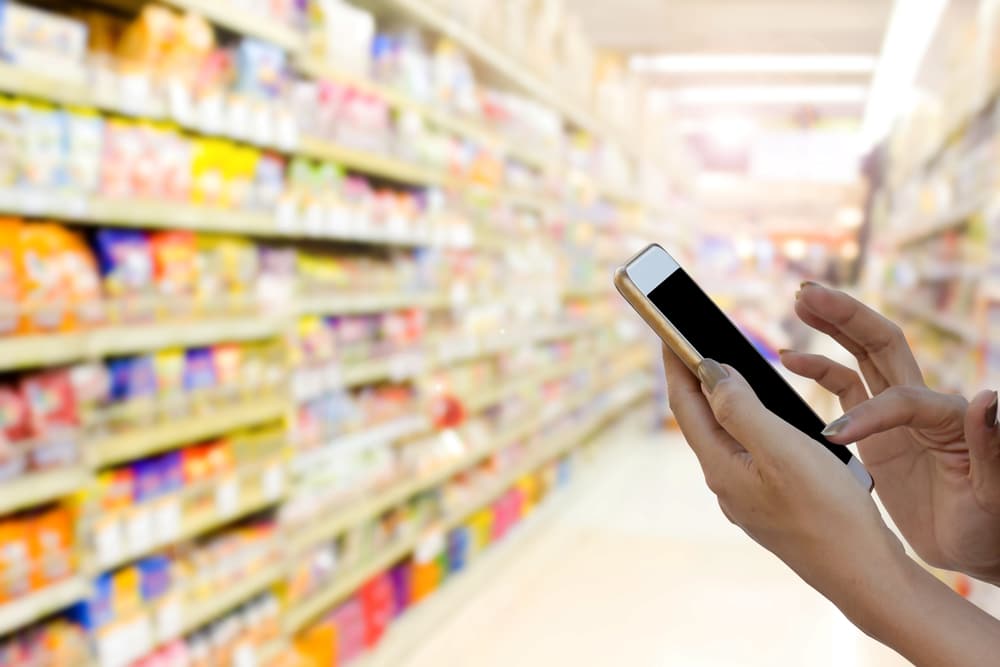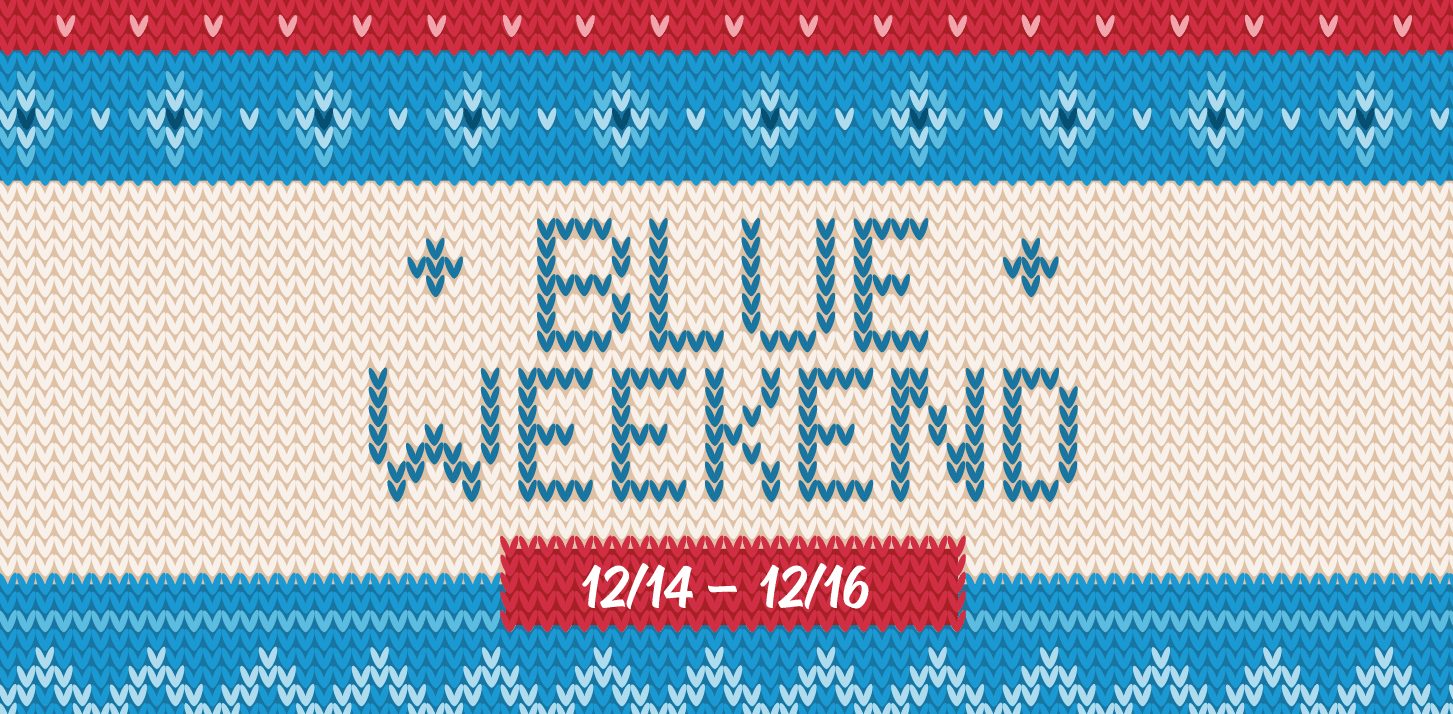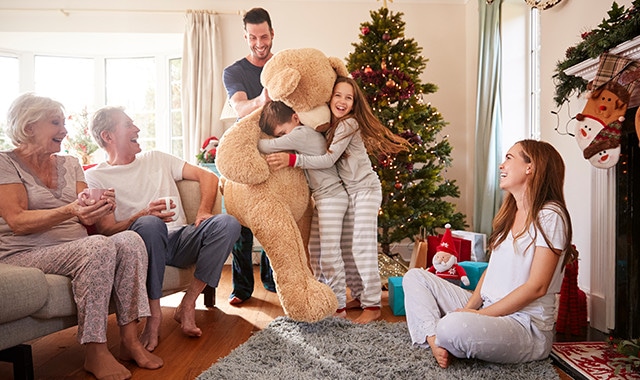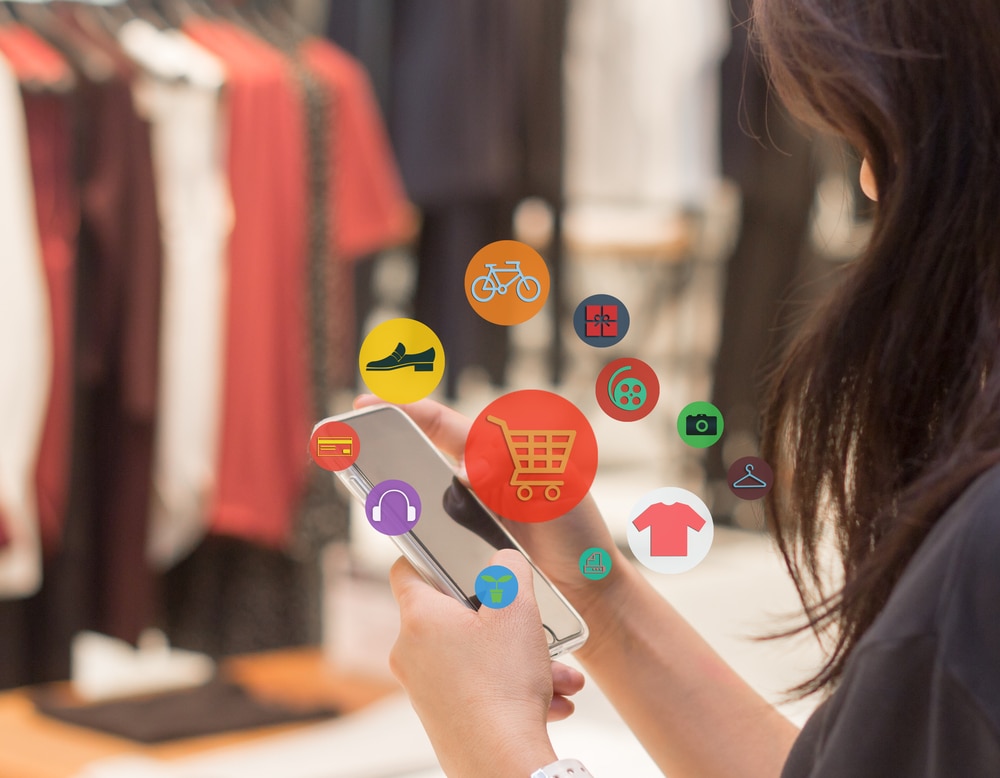Location-based augmented reality is the next iteration of AR in marketing. Continue reading “Leveraging location-based augmented reality in retail”
Author: Kick Writers
Understanding the types of consumer buying behavior and ways to influence them
The 3 best retail marketing strategies for CPG brands to utilize in the new year
Brands seeking the best retail marketing strategies for 2019 should consider how technology may have changed product visibility. Continue reading “The 3 best retail marketing strategies for CPG brands to utilize in the new year”
Consumer trends for 2019: A forecast of consumer buying behavior
Consumer trends for 2019 will center on an improved customer shopping experience. Continue reading “Consumer trends for 2019: A forecast of consumer buying behavior”
Successful brand repositioning examples designed to reach a greater consumer audience
How the best marketing trends of 2018 will impact brand retention in the coming year
Marketing trends in 2018 were heavily focused on the new options created through updated technology, and this will continue to shape the industry through 2019. Continue reading “How the best marketing trends of 2018 will impact brand retention in the coming year”
A chat with CEO Adam Sand: 2019 marketing technology predictions
As 2018 comes to a close, marketers are gearing up for what’s to come in the new year. We sat down with Shopkick CEO Adam Sand to discuss his marketing tech predictions for 2019 – the exciting opportunities that lay ahead, the biggest challenges that marketers will face, and more.
Challenges to come:
- Physical stores transform into consumer destinations: With in-store foot traffic continuing to decrease year-over-year, retailers need to find new ways to drive shoppers through the doors. 2019 will see brick and mortar stores rapidly trying to reinvent themselves as a destination and physical escape for consumers.
- Going beyond location: While location based advertising has grown tremendously, marketers are still struggling to dig deeper and learn more about their consumers beyond their physical location. In 2019, marketers will search for richer data to reach the right mobile consumer.
- Consumer privacy laws: The next year may not see major changes in privacy laws, but the reality is surely on the horizon in the years that will follow. In 2019, companies will begin making precautionary changes and determine how they’ll function moving forward.
Challenges that will ease up:
- Personalization: 2019 will see an increase in fun, personalized mobile engagements. Little by little, mobile experiences will become more targeted as data on the individual consumer becomes more and more rich.
- Serving the right message at the right time: Consumer data including location, shopping history, and purchase history on both an item and store level will allow marketers to more effectively serve shoppers the right message, at the right time.
- Leveraging video through the consumer journey: The more that marketers know about their consumers, the easier it will become to reach shoppers with video at the right moments along their purchase journey.
Exciting opportunities ahead:
- Computer vision dominates as ultimate search tool: The advancements in visual search and increasingly intelligent smartphone camera technology will enable shoppers to access product-level details and comparison shop while in the aisle.
- Item-level purchase data will be the Holy Grail: This specific product information will reshape the way companies structure their loyalty programs.
- Marketers will take a stand: As consumers increasingly use their wallets to make a political statement, brands and retailers will identify and use their voice to attract more business.
Shopkick offers our partners the opportunity to connect with consumers in the shopping aisle while incentivizing interactions with a fun rewards program. To use our program to boost your results in the new year, contact us.
The path to purchase: How your brand can guide consumers in the right direction
Guiding consumers along the path to purchase with in-store advertising is one of the most effective ways to improve in-store sales. Continue reading “The path to purchase: How your brand can guide consumers in the right direction”
Shop and Save for the Holidays: Blue Weekend is Here!
One of our favorite weekends is back once again, and it’s back just in time for the holidays! It’s Blue Weekend! This celebratory shopping event will unite Shopkickers from around the country together to check off even more of the gifts on your list. Whether you’re shopping for parents, partners, kids, or friends, December 14-16 is the time to shop, save, and earn kicks!
To help you earn the most kicks possible and to make sure you’re well on your way to redeeming your kicks for gift cards before Christmas, we thought we would highlight a few of the best places to shop during Blue Weekend for décor, style, athletic, tech, and kids’ finds. Let’s dive in!
Décor Finds:
Gifting décor is one of the easiest ways to bring joy to parents, friends, and hostesses this holiday season! Consider popping HomeGoods in order to discover some of the most unique pieces at some of the lowest prices. Items like pillows, throws, and mugs always add to the festive cheer, and they definitely have a holiday theme. Just make sure to note, the kicks for HomeGoods are only available in select states!
Yankee Candle also offers plenty of wonderfully scented candles, and you can also personalize them. It’s the ultimate holiday gift!
Both stores are wonderful places to shop for White Elephant or Secret Santa gifts – give something they will love rather than a gag! Just by walking in to select HomeGoods or Yankee Candle, you will earn kicks, and there are more available when you submit your receipt at Yankee Candle!
Style Finds:
We’re certain you have plenty of fashion fans on your holiday gifting list, and TJ Maxx, Marshalls, and Ulta Beauty are three of our go-to spots!
TJ Maxx and Marshalls are both filled with name brand pieces at incredible prices, and it’s never a surprise to find a host of designer items in either store (or both!). Is there a better feeling than gifting your family and friends the designers they love? It feels like the ultimate surprise! Expect to earn kicks simply by walking inside either or both stores!
If you have a haircare, skincare, or makeup fan amongst your family and friends, Ulta is the store to visit! Their team of experts will be able to effortlessly guide you toward products to pamper your loved ones, and many of them may be from brands you haven’t thought of yet. Be prepared to find name brand and designer finds, fragrances, and more that will look amazing wrapped under your tree or tucked inside of a stocking. Make sure to link your credit card before you make your purchase in order to earn kicks!
Athletic Finds:
Many of us are starting to experience winter’s coldest temperatures, but that doesn’t mean we all still don’t want to work toward our fitness goals! If your friends or family thrive when they’re able to work-out or if they’re setting new fitness goals for 2019, help to hold them accountable by gifting them everything they will need from some of the top brands.
Shop at Reebok for traditional and on-trend sneakers, socks, and workout gear. Plus, they have specific finds for sports! Shoe Carnival has a plethora of top shoe brands, particularly if you’re shopping for sneakers. Modell’s Sporting Goods has plenty of workout gear and gifts for sports fans (you need to be ready to cheer for your teams post-workout!). Just note, the kicks for Modell’s are only available in select states! The ladies on your list will love Fabletics budget friendly finds because all of their workout gear is on-trend, plus the company was started by Kate Hudson. Does it get any better? In order to maximize your cool down, stop into Jockey for the best loungewear your recipients will love to wear (and, don’t be surprised if you walk away with a few new finds for yourself too!).
All of these brands are offering kicks by walking inside the stores, which totally counts as exercise!
Tech Finds:
The holidays are the time for new tech, and Best Buy is the place to go! Step inside one of their many stores, and think about upgrading your phone. You can also prep for awards season and the Super Bowl by purchasing a new TV, and you should stock up on movies and seasons of favorite shows too. Don’t forget to peruse their selection of cameras, computers, and printers. Make this the best tech year yet! Don’t forget to link your credit card before you make your purchase.
Kids’ Finds:
We don’t know about you, but we always become the most excited to shop for all of the kids on our lists! Carter’s and OshKosh B’gosh are two of the first places we visit every time. They have adorable clothes for babies and toddlers, plus they also have clothing for older kids too. Find pajamas, tops, pants, and shoes in palettes they will love! Both brands are offering kicks to Shopkickers who walk inside, plus you can earn even more when you shop with a linked card.
If you’re searching for a new toy set for a boy or girl, LEGO® should be on your list! Walmart and Target sell many of their building sets, and we speak from experience when we say they provide hours of imaginative, building fun. Kids are able to explore other worlds while they piece together their sets, whether that means escaping to soar with a favorite character or pretending to be an entrepreneur. The options are nearly endless, and the kids on your list will have plenty of indoor fun ahead of them during the holiday season and well beyond!
Where will you be shopping during Blue Weekend? Let us know on Facebook, Instagram, or Twitter! Make sure to join our social media fun too because you will discover a whole community of passionate Shopkickers just like you.
Gifts for All: Shopkick’s Holiday Gift Guide
December is here, which means gifting season is in full swing! If your calendars are anything like ours, you likely already have a host of holiday parties on the docket. Plus, you’re probably trying to fit in holiday shopping (and plenty of fun!) amidst all of the hustle. If your list is long and your gift ideas are short or you’re simply hoping to bring extra cheer to your recipients this year, we thought we would share our holiday gift guide with you. We’ve even organized our guide into five categories for you: Gifts for Hostesses, Gifts for Ladies, Gifts for Gents, Gifts for Kids, and Gifts for All. Let’s get to it!
Gifts for Hostesses:
You’ve heard it before, and we’re going to remind you again: never arrive empty handed! We think the host of each of your holiday parties deserves a little something extra. Though an extra treat or dish is always appreciated, we enjoy giving something more personalized that feels as though it’s solely meant for your host. Pro Tip: Make sure to shop with Shopkick in order to earn kicks towards gift cards!
Candles always set the scene and provide ambiance at any party (and well after), which is why candles from Yankee Candle are always a go-to! Their scents are delectable, which makes them feel like an even more luxurious gift. What’s more is Yankee Candle also has a great option to create a personalized candle for your hostess! Simply choose your candle and scent, add a photo, and write a note. It’s a gift your hostess has likely never seen before and won’t soon forget.
Décor is another great option for hostesses! TJ Maxx has in season and on trend pieces, and their selection is always budget friendly. Think about adding cozy throws, festive pillows, and other accents to your cart. Of course, holiday wine or beer glasses and your hostess’s favorite cocktail works too! Everyone always appreciates a new holiday mug paired with hot chocolate, tea, or coffee.
Gifts for Ladies:
If you’re searching for a new find for your grandma, mom, aunt, sister, or best friend, take note! We always happen upon fun finds for ladies that they might not think about on their own.
Brighton is an excellent source of beautiful, high-quality handbags, shoes, and accessories perfect for any of the ladies on your list. They have bags for every purpose too! Ladies with new jobs or soon-to-be graduates will get so much wear out of a new tote with plenty of room for her laptop. Your mom will love her new shoes, and your grandma will think her new jewelry is gorgeous. Plus, your best friend and your sister will covet their new personalized pieces. So many options, and you will earn kicks while you shop using Shopkick!
January is the time when so many kick start new workouts, so make sure she’s ready for her new routine (or to simply continue the one she’s done for years!). Reebok is one of our top places to search for new workout wear, especially sneakers. And, Fabletics has some of the most fun athleisure options (think: patterns, leggings with iPhone pockets, and on-trend styles). She will have her best year yet, and you will earn kicks on the pieces that will get her ready.
If the ladies on your list love great skincare, makeup, and hair products, Ulta is the place to go. They have a great holiday gift guide on their site, which is worth an exploration. Make sure to visit the store in person too because you can earn kicks on your purchase, and their staff of beauty experts can help guide you toward great new products she hasn’t tried yet, including her new favorite scent.
Gifts for Gents:
We hear dads, husbands, boyfriends, grandpas, and brothers are notoriously some of the trickiest to shop for. We’re here to put that rumor to rest while helping you to earn kicks when you shop with Shopkick.
Best Buy is always one of our first stops when shopping for gents. They have every tech device he could want, including a new phone, a wireless printer (he needs one, trust us!), movies, music, cameras, and TVs. Surprise him with any (or all!) of the aforementioned, and you will receive the award for Gift of the Year.
You also cannot go wrong with Amazon Devices! Make all of his smart home dreams come true with an Echo or Alexa. Gift a tablet perfect for browsing or binging TV shows and movies on the go with Amazon Fire. Help him meet his goal to read more with an Amazon Kindle. The options are nearly endless!
For the ultimate lounge or active wear, think about shopping with Jockey! The quality and comfort are always on point. If the gent on your list would love a new pair of shoes (think: work, fashion, or sport), Shoe Carnival is the place to go!
Gifts for Kids:
Toys are on the wish lists of kids everywhere, which is why we like to gift something a little different!
One of our forever stops when searching for kids’ gifts is Carter’s and OskKosh B’gosh because we can earn kicks while we shop thanks to Shopkick. Their selection of kids’ clothes is always fun and budget friendly, plus the faces of the kids we know light up when they see new tops, pants, dresses, and pajamas featuring their favorite colors, hobbies, and characters. Another idea? Take the kids on your gifting list out for a special shopping trip with you where they can choose their own items!
Another great stop for kids’ gifts? Mouse + Magpie! The brand is an online hub for creative pieces for kids, including towels, blankets, décor, and more that encourage kids to use their imaginations. All of the products are designed by artists, so the quality is incredible. To offer an even better peek, check out their gift guides for boys and their gift guides for girls! Both are brimming with fun ideas.
Gifts for All:
Few things compare to enjoying an experience together! Groupon is the place to go for experience gifts your whole family will enjoy. Stop by the site to see what’s happening in your hometown (think: concerts, plays, restaurants, and attractions), and make a point to visit in advance of trips or while you’re traveling. Don’t be surprised when you save more than you thought possible, and you will be earning kicks when you shop with Shopkick!
What gifts are topping your list for everyone in your life? We’re always searching for new ideas to add.
Make sure to download Shopkick for free, and join us on Facebook, Twitter, and Instagram for more shopping inspiration!
How mobile is influencing the future of visual merchandising
Retail image recognition technology will profoundly impact the future of visual merchandising as it will have the potential to convert everyday interactions into a sale. Continue reading “How mobile is influencing the future of visual merchandising”
Why understanding consumer behavior is one of the best things your company can do
Understanding consumer behavior helps brands create impactful marketing campaigns which improve sales. Continue reading “Why understanding consumer behavior is one of the best things your company can do”

